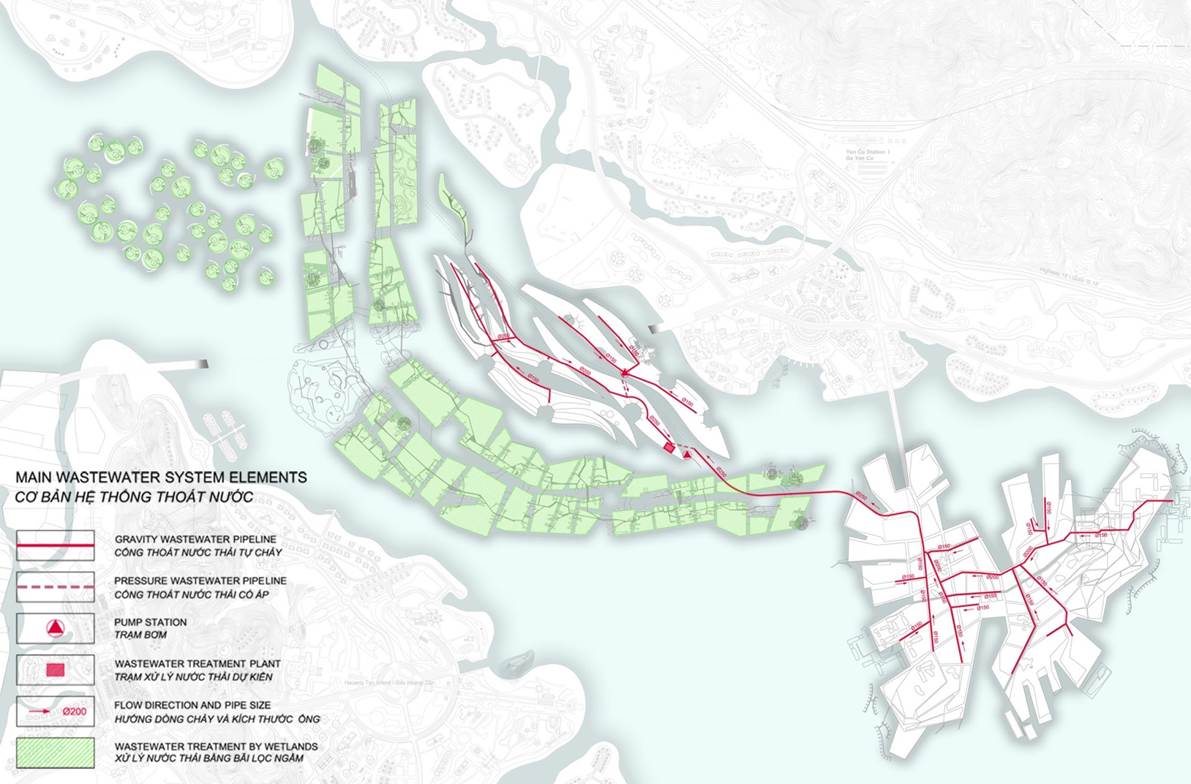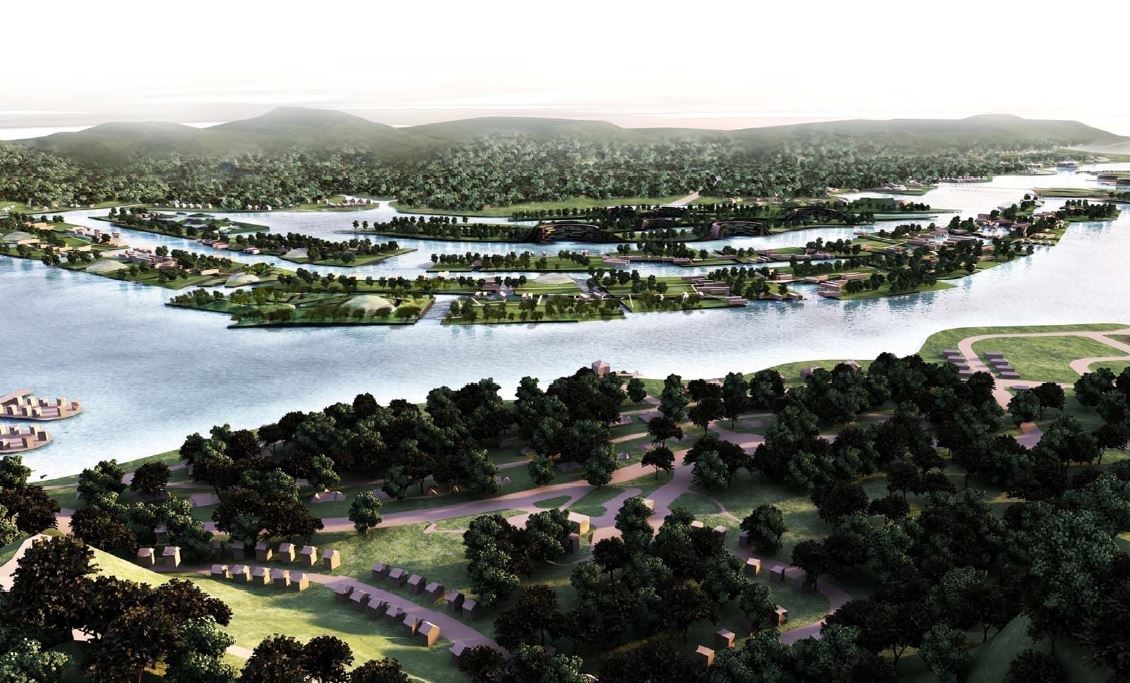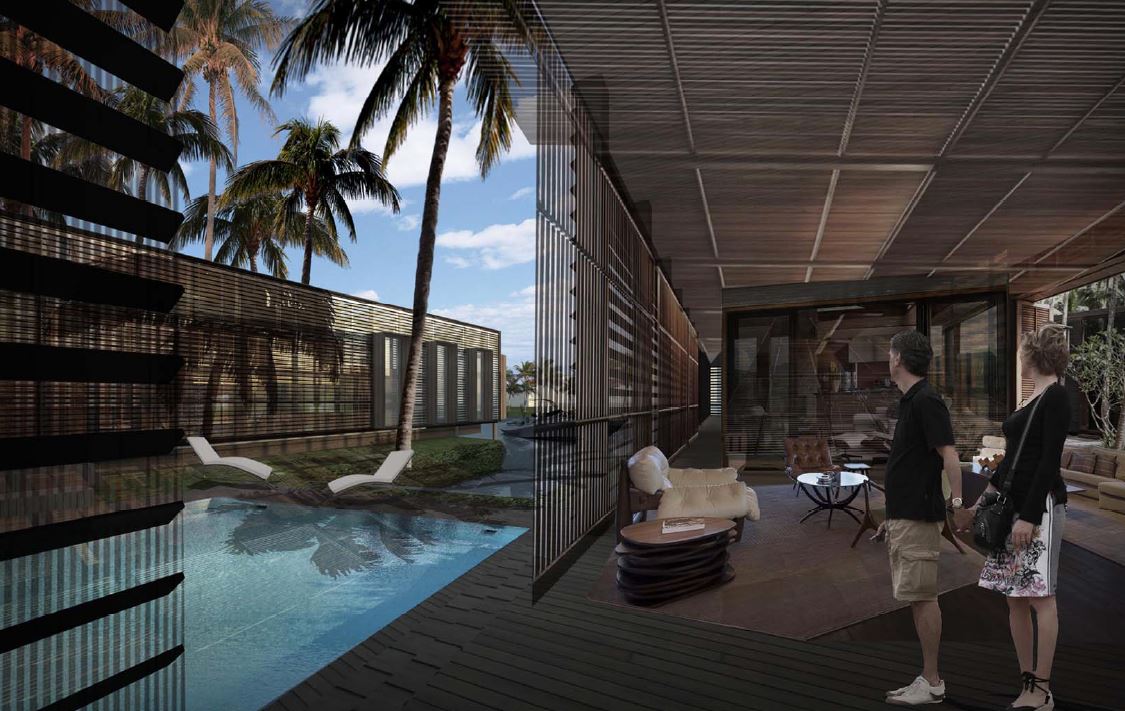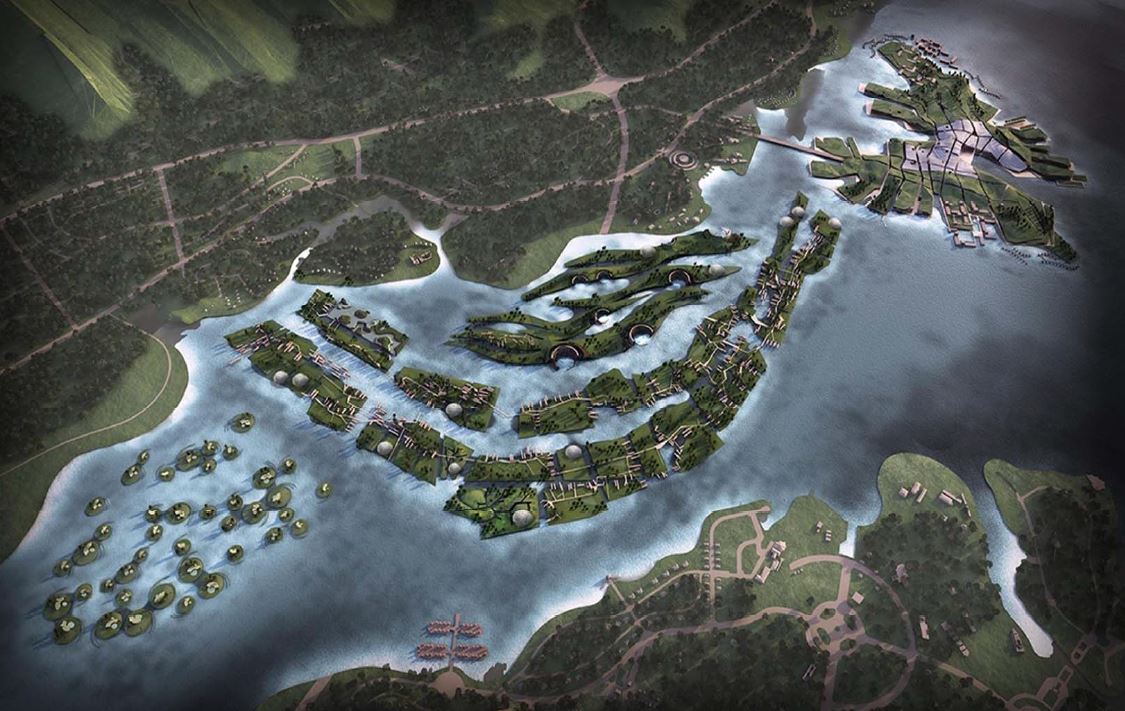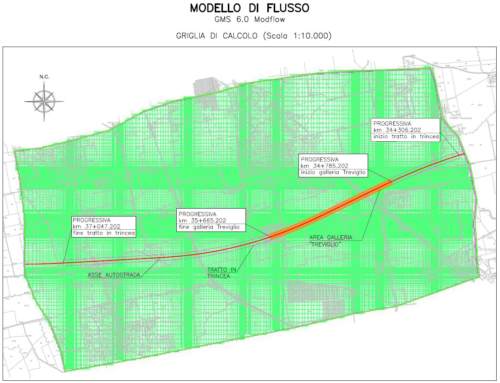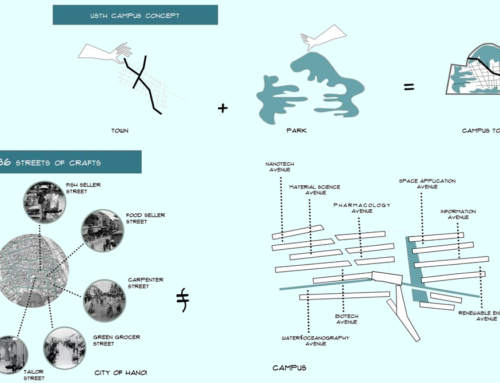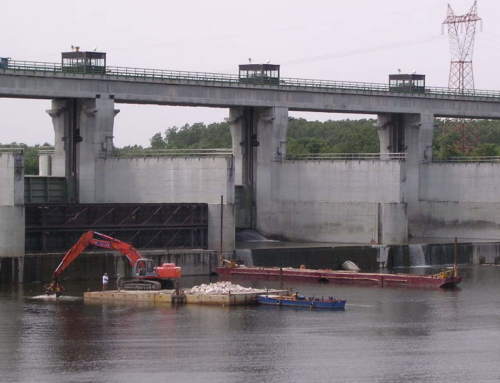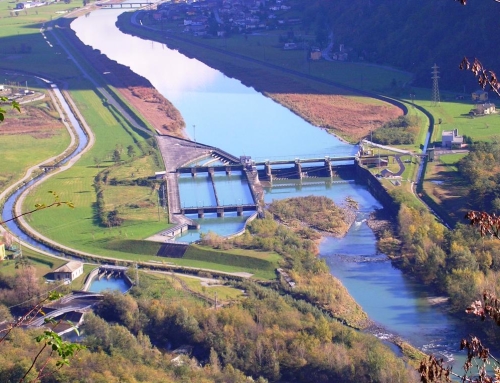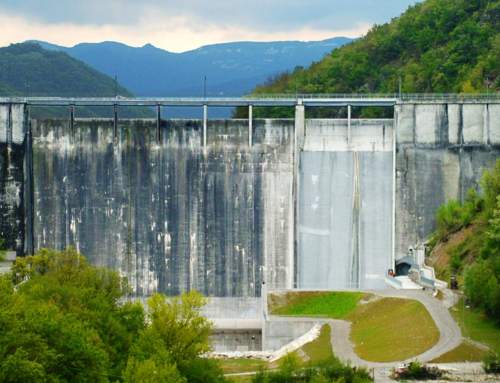Project Description
Competition: World Architectural Festival 1st price (Chief designer Prof.Guendalina Salimei , La Sapienza Rome)
Dao Viet is a water town on an island in Ha Long bay, one of the most beautiful bay in the world, the bay is recognized as a UNESCO world heritage site: the water environment is a lagoon and the water is the dominant factor.
Venice, in Italy, is an extraordinary example of a city living on water, perfectly functional and of great beauty. The parallel between Dao Viet and Venice is based not only on the similarity of the geographical features and sea & landscape (a lagoon at the delta of rivers), but also on the many cultural similarities. The sea is in both cases is a generous habitat for food (fishing), dwellings (boat people) and production (aquaculture installations) and most importantly a tremendous competitive advantage on communications and trade by the sea. Furthermore, living on the banks of rivers or on the edges of canals in so many places in Vietnam is a typical way of life.
Following the examples of other most advanced projects for “future cities” on the planet (as for instance Masdar in the United Arab Emirates) by anticipating the most bold objectives of the international community regarding the urban development policies and in particular the reduction of the CO2 emissions, using the most advanced current systems for energy production and distribution coupled with the most intelligent local planning and construction solutions, the Concept Design we have conceived for Dao Viet Town has the ambition to meet the following design objectives:
- • Zero energy (self sufficient in renewable power)
- • Zero carbon
- • Zero waste.
Reaching these objectives will make the Dao Viet Town one of the most advanced examples of sustainable city and a model for the design of future cities in Vietnam and abroad.
Concerning the water management, tourism facilities frequently share the same characteristics:
- – they have high variability of water consumption (and consequently an oscillating wastewater flow), depending on the season, the weather or a weekly rhythm;
- – the potable water supply may be limited or expensive;
- – often they are located in a sensitive environment.
A sustainable approach to Sanitation implicates the use of water in the most efficient way and treatment of the produced wastewater with the least impact to the environment; at the same time it have to be economically viable, socially acceptable, technically and institutionally appropriate, and protect the environment and natural resources .
Therefore, the sanitation system of Dao Viet, according to local circumstances :
- − is designed for minimize water consumption (demand side management);
- − aims for reuse of water;
- − allows economic water reuse by separate collection and treatment of;
- − improves urban drainage, with SUDS (Sustainable Urban Drainage Systems);
- − is oriented to rainwater harvesting and storage within the settlement for reuse, improving microclimate or for pleasure and recreation, ;
- − minimizes energy consumption and gains renewable energy, for example through sludge anaerobic treatment.


